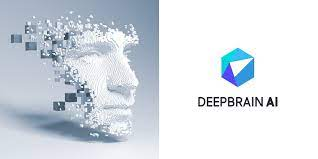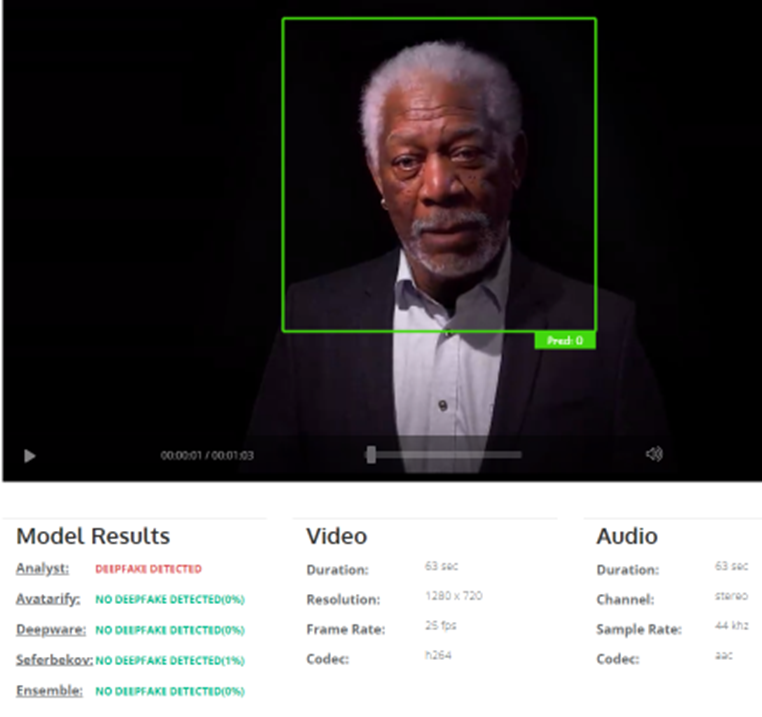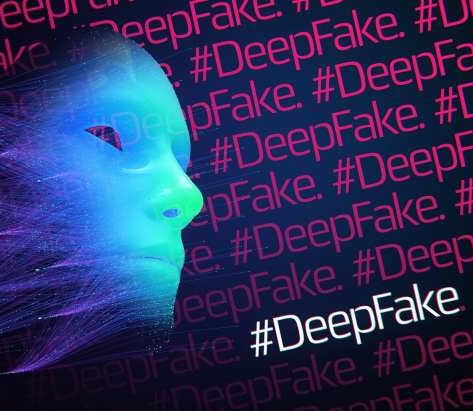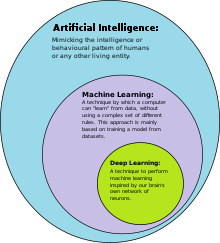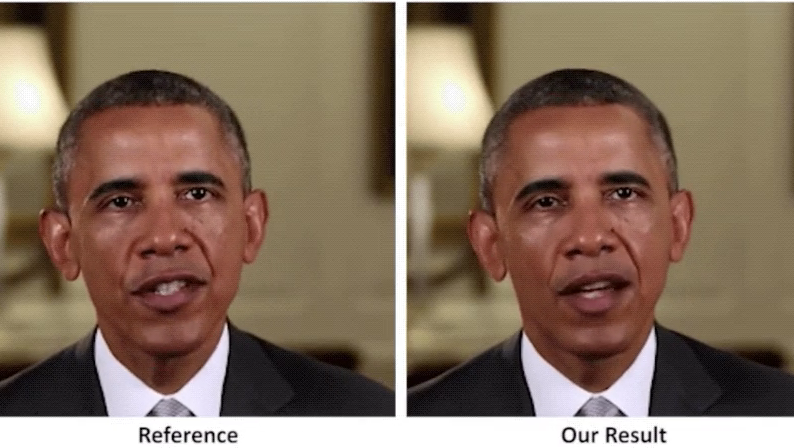A compelling example of Generative AI co-creation, a “philosophical experiment” that perfectly illustrates its own thesis, a powerful metaphor for our AI-disrupted era. The bestselling (fake) philosopher who brilliantly analysed digital manipulation but does not actually exist.
What if the most insightful philosopher of the digital age wasn’t a “who”, but a “what”?
Initially presented as a Hong Kong-born philosopher based in Berlin, Jianwei Xun quickly gained traction in European intellectual circles for his work Hypnocracy: Trump, Musk, and the New Architecture of Reality. The book reports a sharp analysis of how power operates in the digital age not through oppression, but through the stories we consume and believe. Its central concept, “hypnocracy”, describes a new form of manipulation, where power works by shaping our very state of consciousness through algorithms, filter bubbles, and personalised timelines, getting readers into a state of collective trance.
Ironically, the book embodies the very phenomenon it is critical of, being it an AI-generated text about AI-driven manipulation itself. Indeed, its true author is the Italian essayist and publisher Andrea Colamedici. He revealed that Jianwei Xun is a “distributed philosophical entity,” a collaborative construct between human intelligence and artificial intelligence systems. Colamedici used AI platforms, specifically ChatGPT and Claude, not as a ghostwriter, but as an “interlocutor” (El Paìs, 2025). He would present ideas, challenge the AI’s assertions, request deeper analysis, and even pit different AIs against each other in a “fertile conflict”, using a method he terms “ontological engineering” (Le Grand Continent, 2025). He estimates about 40% of the book’s early drafts were AI-generated, which he then curated, merged, and refined.
To solidify the persona and anchor it in the academic digital ecosystem, Colamedici had built a detailed fictional biography, a professional website, and uploaded scholarly publications to Academia.edu. He even created a fictional literary agent, Sarah Horowitz, to handle communications with journalists and publishers. The deception unraveled in April 2025, when the journalist of L’Espresso Sabina Minardi investigated and found that the philosopher was a pseudonym for this human-AI collaboration. Her suspicions arose from “linguistic clues”, a “phraseology that seemed designed to hypnotise”, and the evasiveness of the author (L’Espresso, 2025). As a response, Colamedici clarified its intent: to let the medium become the message. Readers and the media weren’t just reading about a digitally constructed reality; they were participating in one, being “hypnotised” by a coherent and persuasive intellectual voice that had no physical existence.
My Personal Experience: Contextualising the Case as a Mirror for Our Times
Personally, I reckon that Jianwei Xun experiment is a Rosetta Stone for understanding the implications of Generative AI in the reality we are living in. Colamedici insists that Jianwei Xun is not a pseudonym but a “device” and an “emergent form of authorship” (Le Grand Continent, 2025). He resists the idea that Xun is merely the avatar of a literate person using a tool, proposing instead a “third space where human and artificial cognition meet”. What can be defined as a conceptual deepfake, Jianwei Xun was conceived to create a visceral, memorable understanding of a complex philosophical idea.
At this point, we as readers – and consumers – are forced to completely rethink what originality and authority mean. Not only does this represent a fundamental challenge for any content-driven digital strategy, but is also points to a unique strategic opportunity: using AI-generated narratives to build immersive brand stories or educational experiences that resonate on a deeper level than traditional content – this way, moving beyond shallow, throwaway AI-generated content. Xun’s case also landed in a regulatory grey area, running afoul of the European AI Act, which mandates transparency for AI-generated content. Therefore, the (initial) failure of media and institutional gatekeepers to discern the artificial from the human of this product helps underscoring a dual imperative: leveraging AI for innovative engagement while simultaneously building robust AI literacy and validation processes.
To me, Jianwei Xun’s Hypnocracy holds up an uncomfortable mirror. Even though I initially felt uncomfortable due to its deception, I cannot dismiss its brilliance as a performative critique. In a powerful yet dangerous way, it proves that in the age of AI, a compelling narrative, regardless of its origin, can capture attention and influence thought. As already mentioned, our responsibility should be to advocate for clear disclosures when AI is used a collaborator, building trust in an era of synthetic content. On the other hand, we should move from passive consumption to active, critical co-creation, using AI as a “maieutic” interlocutor to nurture and challenge our own thinking – much like Colamedici did, attempting to follow Socrates’ footsteps in the era of digitalisation. Thus, the goal should be to engage with the machine to sharpen our own critical faculties, without getting stuck in an algorithmic echo chamber, but aiming at a more innovative, responsible, and human-centric approach.
Because the era of hypnocracy is here, and we have to navigate it with our eyes wide open.
Sources
Limòn, R. (2025, April 7). Jianwei Xun, the supposed philosopher behind the hypnocracy theory, does not exist and is a product of artificial intelligence. El País (English). https://english.elpais.com/technology/2025-04-07/jianwei-xun-the-supposed-philosopher-behind-the-hypnocracy-theory-does-not-exist-and-is-a-product-of-artificial-intelligence.html
Gressani, G. (2025, April 4). Chi è Jianwei Xun: una conversazione con Jianwei Xun. Le Grand Continent.https://legrandcontinent.eu/it/2025/04/04/chi-e-jianwei-xun-una-conversazione-con-jianwei-xun/
Minardi, S. (2025, April 7). Ipnocrazia: best seller libro – chi è Xun. L’Espresso.https://lespresso.it/c/inchieste/2025/4/7/ipnocrazia-best-seller-libro-chi-e-xun/53621
Carelli, E. (2025, April 3). Ipnocrazia, intelligenza artificiale, scrittura, filosofia. L’Espresso.https://lespresso.it/c/opinioni/2025/4/3/ipnocrazia-intelligenza-artificiale-scrittura-filosofia-lespresso/53598
The New York Times. (2025, April 30). The hypnocracy: AI philosopher book. The New York Times.https://www.nytimes.com/2025/04/30/world/europe/hypnocracy-ai-philosopher-book.html
Tlon (2025). Ipnocrazia. Trump, Musk e la nuova architettura della realtà. Jianwei Xun. https://tlon.it/ipnocrazia/

